Seven students took top honors and 15 others received honorable mentions in the first-ever virtual version of the annual elementary school science fair sponsored by the U.S. Department of Energy’s Brookhaven National Laboratory in Upton. Girls and boys in kindergarten to grade 6 entered 129 science and engineering projects for the competition. They represented 38 elementary schools across Suffolk County.
The seven students to receive top honors as well as medals and ribbons are kindergartener Jude Roseto of Cutchogue East Elementary School, Mattituck-Cutchogue Union Free School District, “Friction with Bubbles”; first grader Emerson Spooner of Raynor Country Day School, “Save the Earth: One Plastic Straw at a Time”; second grader Sara Jain of Tamarac Elementary School, Sachem Central School District, “Shrink It Up”; and third grader Mia Trani of Fort Salonga Elementary School, Kings Park Central School District, “Housing the Homeless.”
Top honors also went to fourth grader Rebecca Bartha of Raynor Country Day School, “Dynamic Duckweed: A Solution to Pollution in Local Water”; fifth grader Reilly Riviello of Cherry Avenue Elementary School, Sayville Public Schools, “What Material is the best to protect your property from Flash Flooding” and sixth grader Emma Tjersland of Hauppauge Middle School, Hauppauge School District, “Drug Facts: Impacts of Medicine Exposure on Daphnia Magna Heart Rate.”
“Thinking like scientists and engineers is so important for students — asking questions, testing assumptions, drawing conclusions, and thinking about future research,” said Amanda Horn, a Brookhaven Lab educator who coordinated both the virtual science fair and a new Science Share program. “The Lab has hosted science fairs for years to encourage students and we didn’t want COVID-19 to stop us in 2020.”
Science fairs at Brookhaven Lab were typically held in person at the Lab site and students, their families, teachers, and school administrators were invited to attend. With schools closed and Brookhaven Lab’s site mostly inaccessible to limit the spread of COVID-19, Horn, Scott Bronson and their colleagues in Brookhaven’s Office of Educational Programs (OEP) quickly adjusted plans to hold the 2020 science competition virtually.
As in years past, students first qualified for the Lab’s fair by winning their schools’ “local” science fairs, some of which were also held virtually. Projects completed by individual students and groups were accepted — one project per grade per school.
Instead of bringing projects to Brookhaven Lab for an all-day on-site event, parents and teachers submitted photos of students’ projects. OEP staff then distributed the photographs and a rubric among 23 judges, comprising Brookhaven Lab scientists, engineers, and technical staff as well as teachers from local elementary schools. To maintain objectivity and limit potential biases, information such as students’ names, schools, and districts was not shared.
The 15 students who received Honorable Mentions were kindergarteners Taran Sathish Kumar of Bretton Woods Elementary School, Hauppauge School District, “Strength of Spaghetti” and Evelyn Van Winckel of Fort Salonga Elementary School, Kings Park Central School District, “Are Your Hands Clean?”; first-graders Mason Rothstein of Lincoln Avenue Elementary School, Sayville Public Schools, “3,2,1…Let It Rip” and John Henry of Frank J. Carasiti Elementary School, Rocky Point Union Free School District, “Lego Rubber Band Cars”; and second-graders Agnes Van Winckel of Fort Salonga Elementary School, Kings Park Central School District, “The Flight of a Football” and Cassie Danseraeu and Katelynn Hausmann of West Middle Island Elementary School, Longwood Central School District, “Can Aloe Vera Juice Save Strawberries from Mold?”
Honorable mentions were also given to third-graders Mihir Sathish Kumar of Bretton Woods Elementary School, Hauppauge School District, “Strength of Electromagnets” and Matthew Mercorella of Sunrise Drive Elementary School, Sayville Public Schools, “Think Twice Before Melting the Ice”; fourth-graders Samuel Canino of R.J.O. Intermediate School, Kings Park Central School District, “Riddled With Puck Shot,” Jack Gomez of R.J.O. Intermediate School, Kings Park Central School District, “Infinipower” and Madelyn Kalinowski of Laurel Hill School, “Wash Away Germs”; fifth-graders Alexandra Barry of Remsenburg-Speonk Elementary School, Remsenburg-Speonk Union Free School District, “Mutiny on the Bounty” and Gavin Pickford of R.J.O. Intermediate School, Kings Park Central School District, “Is This The Last Straw”; and six-graders Karly Coonan of Raynor Country Day School, “The Last Straw” and Pranav Vijayababu, Hauppauge Middle School, Hauppauge School District, “Save Our Seas.”
“Suffolk County, New York State, the country, and the world need scientists and engineers now and in the future. The students in this science fair are young, but they aren’t too young to have fun with investigative science and engineering processes,” said Scott Bronson, Brookhaven Lab’s manager for K–12 programs.
“Once again, the students who participated were exceptional. Their projects showed it. Congratulations to each of them. And, ‘Thank you,’ to every parent, teacher, mentor, and volunteer who helped them — and will continue to help them along the way.”
For more information, visit https://www.energy.gov/science/.
Photos courtesy of BNL

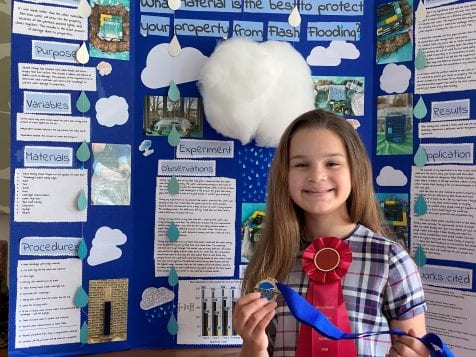
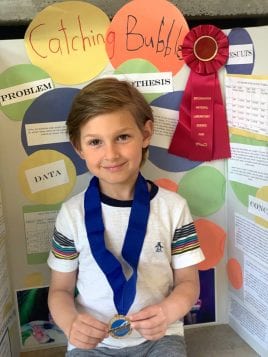
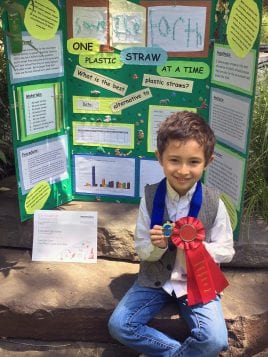

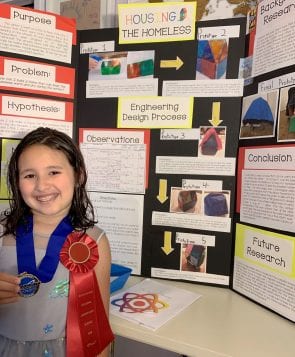
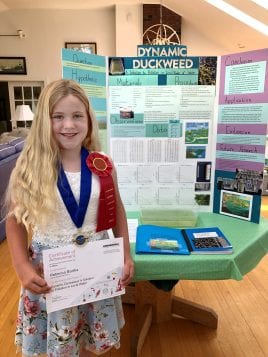
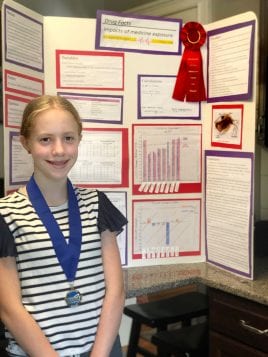
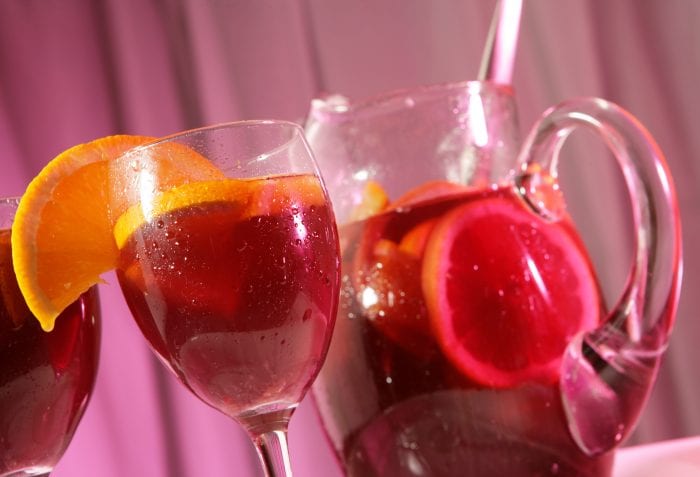
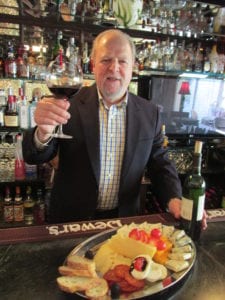
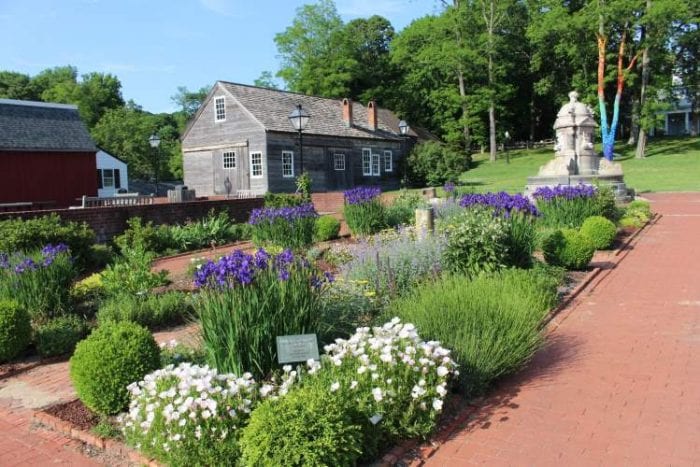

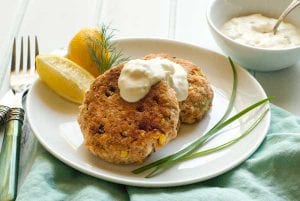
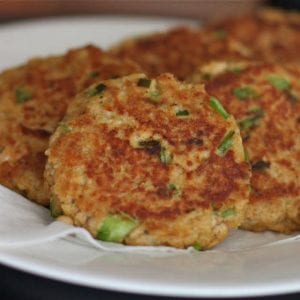




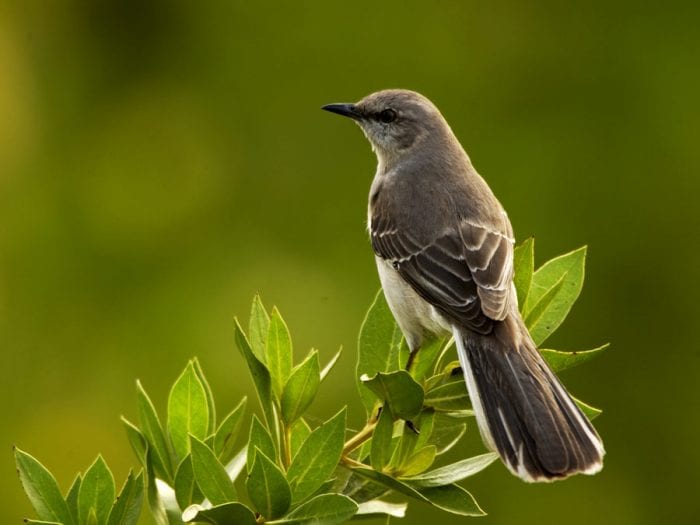

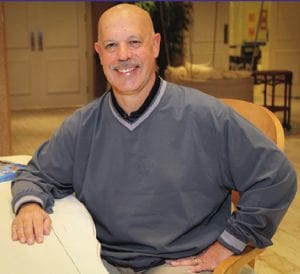
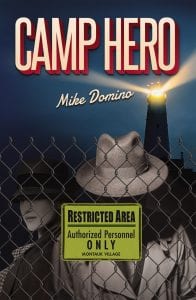 At the center of the story is Camp Hero.
At the center of the story is Camp Hero.



